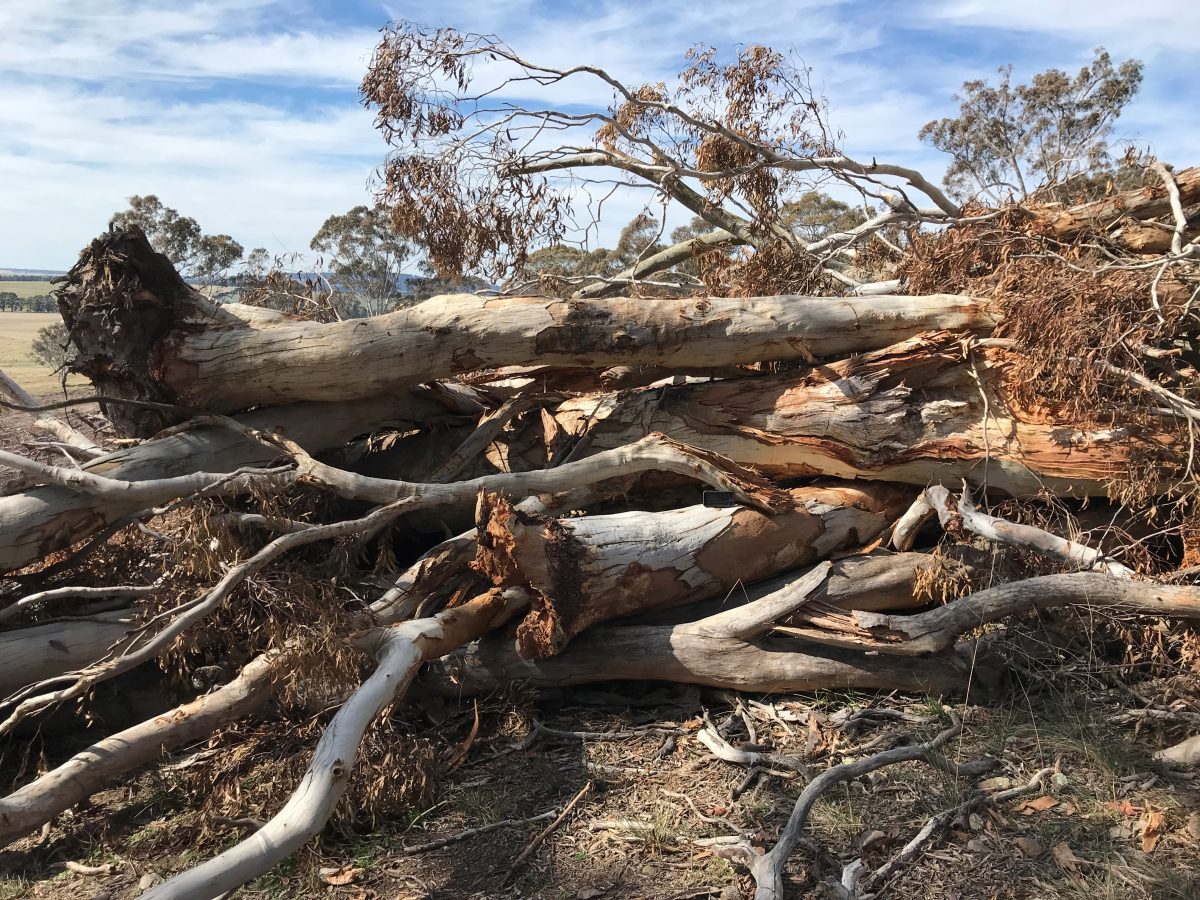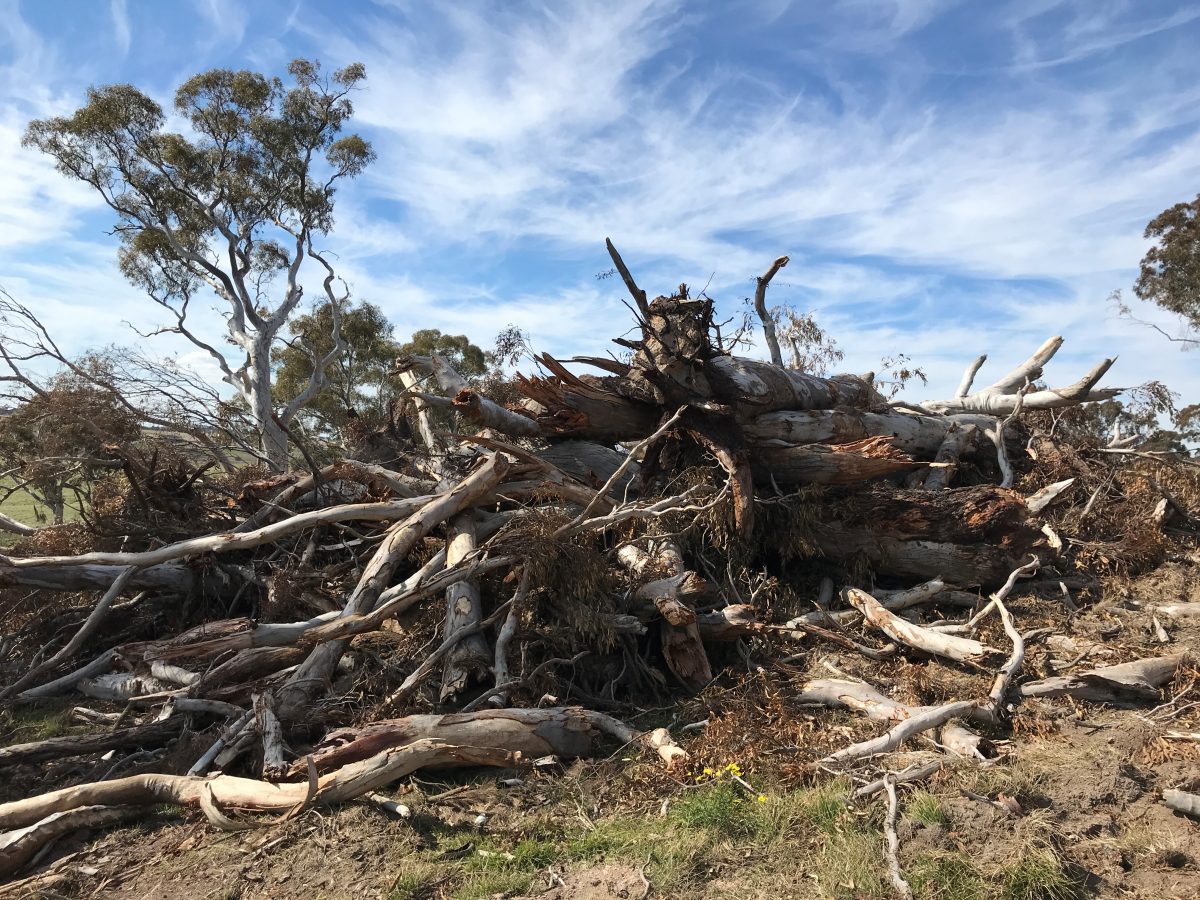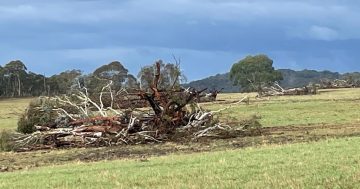
Trees have been illegally cleared in the Goulburn Mulwaree Shire. Photo: Goulburn Mulwaree Council.
A major increase of illegal vegetation clearing cases in the Goulburn Mulwaree Shire has resulted in the council warning would-be tree fellers about the law, as well as the damaging impacts their actions can have.
Numerous trees have been illegally felled and cleared across the shire in recent months.
Goulburn Mulwaree Council’s director of planning and environment Scott Martin said when it came to illegal clearing, the Mount Gray area, which is west of Goulburn, continued to be of concern in particular.
He said the council had responded to “disappointing” reports of rubbish being dumped and trees being cleared as well as 4WDs illegally driving in the area, destroying protected habitats.
“Recently, Goulburn Mulwaree Council rangers, acting on reports of illegal tree clearing on Mount Gray, have issued warnings to people caught removing trees,” Mr Martin said.
Sadly, he said, this clearing could have a devastating effect on critical habitat for threatened species, such as gang-gang cockatoos, glossy black cockatoos, greater gliders, yellow-bellied gliders, squirrel gliders and on numerous other threatened fauna species including bats, owls and parrots.
“There are also areas of koala habitat that have been destroyed due to unlawful clearing,” he said.
Mr Martin encouraged all landholders to make themselves aware of their property’s zoning along with relevant legislation relating to clearing of vegetation.
Native vegetation is protected by law and penalties apply if clearing is done without approval.

A scene of illegal clearing in Goulburn Mulwaree showing piled-up trees with hollows. Photo: Goulburn Mulwaree Council.
For instance, the council can issue $6000 fines to corporations for unauthorised clearing, or $3000 fines to individuals.
The NSW Department of Planning and Environment (DPE) can also impose severe penalties for harm to threatened ecological communities, species or their habitats. This is up to $5 million for corporations and up to $1m for individuals.
The council is reminding landowners that if they are clearing vegetation for agricultural purposes on rural-zoned land, they need to consult Local Land Services, but for all other clearing they must consult the council.
“Many people do not know that native grasses are included under the definition of vegetation and cannot be cleared without approval,” Mr Martin said.
“We encourage property owners to contact council’s planning and development liaison team prior to undertaking any clearing to have a definite idea of what is permissible and any relevant applications that may be required.
“We have had cases recently of people claiming they were told by real estate agents, developers or other industry stakeholders that clearing was okay, but it’s important that you speak with us first. Although some exemptions may apply, typically approval is necessary.”








